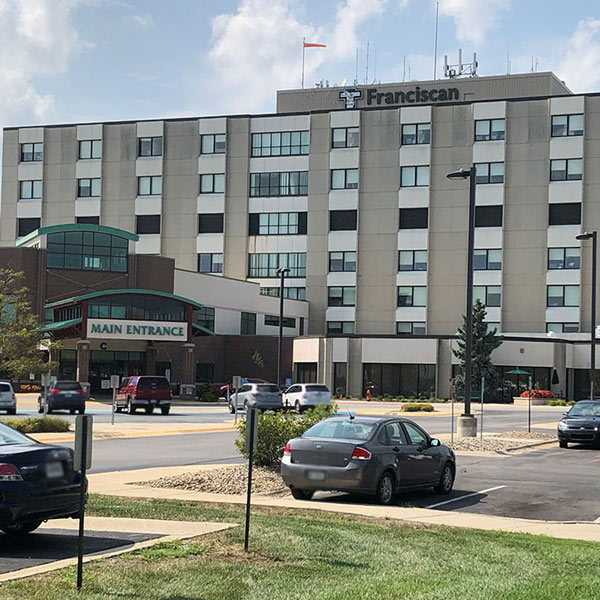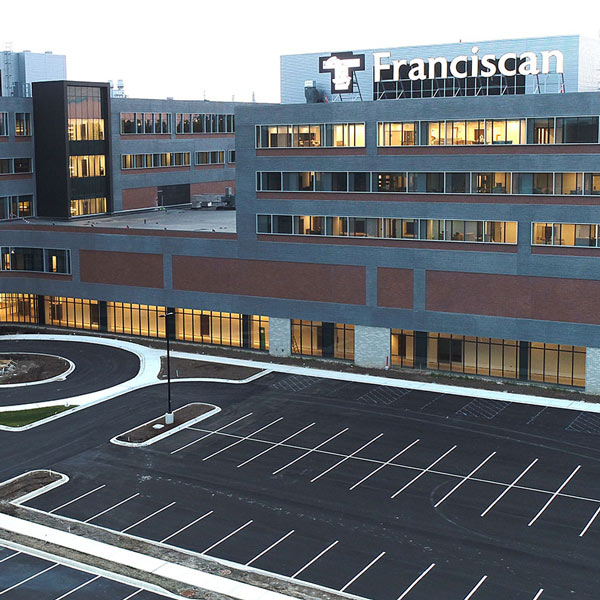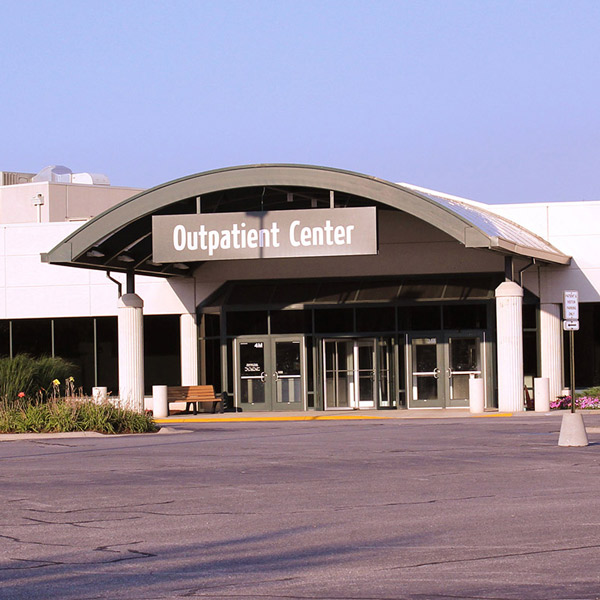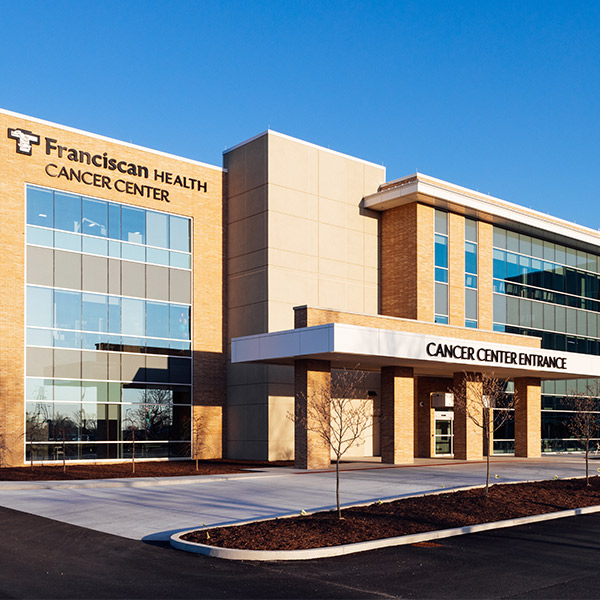About This Screening
Whether or not a woman has dense breasts is determined by a radiologist during a regular mammogram; this means there is more tissue than fat present. On a mammogram, both dense breast tissue and masses appear white, making it difficult for a doctor to spot suspicious lumps. Franciscan Health offers cancer screening options for dense breast tissue, improving the ability to detect smaller or hidden breast cancers.
Cancer screenings for dense breast tissue complement annual mammograms and can be scheduled by a physician or through Franciscan Health's Breast Centers. Patients should consult their primary care physician to determine the best screening options for them.
3D mammogram
For the procedure, the breast is compressed as it is in a standard mammogram. However, many women believe that 3D mammography offers a more comfortable experience. The machine’s ergonomic design includes a flex panel with a spring action that angles somewhat to the shape of the breast to improve comfort.
During the screening, the machine follows an arc-like progression over the breast, taking images at one-millimeter increments throughout the entire area of the breast. At the conclusion of the scan, it reconstructs the images into both 3D and 2D pictures.
Images may be reviewed one at a time or played back in a loop. The ability to look at the breast in high resolution millimeter-thin slices, one layer at a time significantly helps eliminate the problem of tumors being hidden by superimposed breast tissue.
Automated Breast Volume Scan (ABVS) / Automated Breast Ultrasound (ABUS)
During an ABVS/ ABUS screening, the patient lies flat on a table while lotion is applied to the breast. The ultrasound scanner is then placed on the breast; a stabilizing membrane is attached to the ultrasound scanner to minimize breast movement. During the ABVS screening, each scan takes approximately 60 seconds and, typically, three scans are performed on each breast. A physician will review screening images along with the patient’s mammogram.
ABVS and ABUS are used to complement mammography. Both are non-ionizing, meaning there is no radiation, and use sound waves to create 3D images of the breast.
Breast MRI
Prior to a breast MRI, the patient will be instructed to put on a gown and remove any metal items (hair clips, jewelry, body piercings, etc.). Patients may be given earplugs or a headset (for music and/or communication) to reduce the effects of the machine's loud noise.
During a breast MRI, the patient lies face down on a table with their breasts hanging into an opening – this allows for the breasts to be scanned without compression. Once the patient is positioned appropriately, the table will then slide into a narrow tube where the breast MRI will begin. For best results, the patient is asked to remain as still as possible.
- To report any metal or electronic devices in the body such as joint replacements, surgical screws, staples or implanted devices (pacemakers or cochlear implants)
- To be screened for metal particles (metal shavings or shrapnel) that they may have been exposed to, especially around the eyes.
Health Risk Assessment
What's your score? Take our BreastCancerAware assessment, and in just minutes, receive a free, confidential analysis of your current risk factors for developing breast cancer.Our Locations

Appointments
Request An Appointment
Appointments
Request An Appointment
Location Hours
| Monday: | M: | 6:30AM - 5:45PM |
| Tuesday: | T: | 6:30AM - 5:45PM |
| Wednesday: | W: | 6:30AM - 5:45PM |
| Thursday: | Th: | 6:30AM - 5:45PM |
| Friday: | F: | 6:30AM - 4:00PM |
| Saturday: | Sa: | Closed |
| Sunday: | Su: | Closed |
Appointments
Request An Appointment
Appointments
Request An Appointment
Address
Outpatient Center
8111 S. Emerson Ave.
Indianapolis, IN 46237
Appointments
Request An Appointment
Location Hours
| Monday: | M: | 7:30AM - 4:30PM |
| Tuesday: | T: | 7:30AM - 4:30PM |
| Wednesday: | W: | 7:30AM - 4:30PM |
| Thursday: | Th: | 7:30AM - 4:30PM |
| Friday: | F: | 7:30AM - 4:30PM |
| Saturday: | Sa: | Closed |
| Sunday: | Su: | Closed |
Appointments
Request An Appointment




